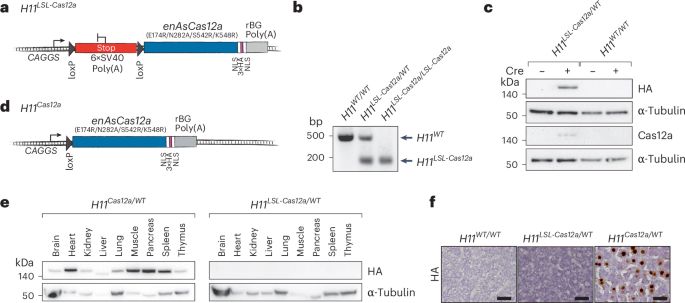
Happy to share an exciting paper from my former lab mate, Jess Hebert, showing Cas12 efficacy and use in somatic screening. Take a look if you are considering the approach! www.nature.com/articles/s41...
05.06.2025 01:48 — 👍 1 🔁 0 💬 0 📌 0@1patrickmurphy.bsky.social
Associate Professor @ UConn Medical School. Endothelial cells, RNA biology, extracellular matrix, leukocyte-endothelial interactions.

Happy to share an exciting paper from my former lab mate, Jess Hebert, showing Cas12 efficacy and use in somatic screening. Take a look if you are considering the approach! www.nature.com/articles/s41...
05.06.2025 01:48 — 👍 1 🔁 0 💬 0 📌 0We look forward to the next phase of this work with help from @americanheart.bsky.social @alzassociation.bsky.social @alzheimerssoc.bsky.social @alsassociation.bsky.social @cshlnews.bsky.social @navbo.bsky.social #endftd
17.04.2025 02:07 — 👍 1 🔁 0 💬 0 📌 0Congratulations to Ashok, an exceptionally talented scientist who would be a tremendous junior faculty hire. Thank you to collaborators Riqiang Yan, Cat Lutz and Aamir at JAX, members of the Murphy lab, thoughtful input from reviewers and at CSH and Gordons Brain Barriers Meetings, and the NIH.
17.04.2025 01:32 — 👍 1 🔁 0 💬 1 📌 0Future questions:
- Does endothelial TDP-43 dysfunction initiate motor neuron impairment in ALS?
- Why is endothelial TDP-43 lost in AD and ALS-FTD without TDP-43 mutation (and vice versa how do some with familial mutation avoid disease)?
- How does loss of TDP-43 lead to barrier defects?
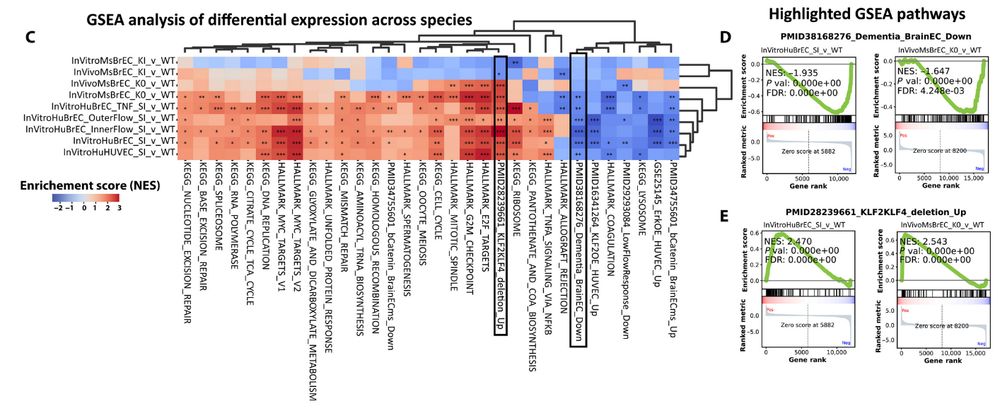
Moreover, Ashok observed changes in pathways that resembled those we had observed in capillary endothelial cells in ALS-FTD and AD of human donors. Together, this work suggests that brain endothelial TDP-43 dysfunction contributes to cognitive dysfunction.
17.04.2025 01:32 — 👍 0 🔁 0 💬 1 📌 0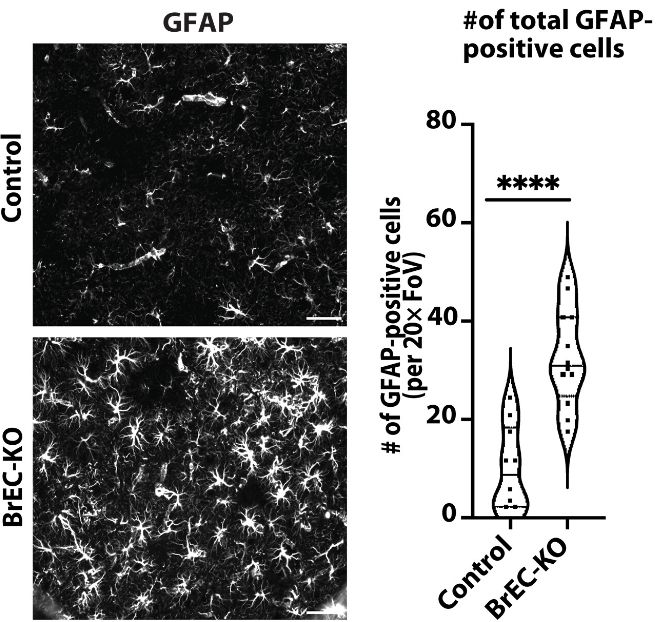
To more carefully examine brain endothelial function, Ashok used Slco1a1-CreERT2, and found acute BBB leak, and chronic fibrin deposition, basement membrane changes, gliosis, and pTau accumulation in neurons that ultimately lead to behaviors (social and memory) resembling a mouse model of FTD.
17.04.2025 01:32 — 👍 0 🔁 0 💬 1 📌 0Despite similar levels of the Tardbp mRNA, nuclear TDP-43 protein was reduced. Endothelial function was tested in Cdh5-CreERT2; Tardbp floxed mice, but systemic endothelial dysfunction limited understanding of organ specific functions.
17.04.2025 01:32 — 👍 0 🔁 0 💬 1 📌 0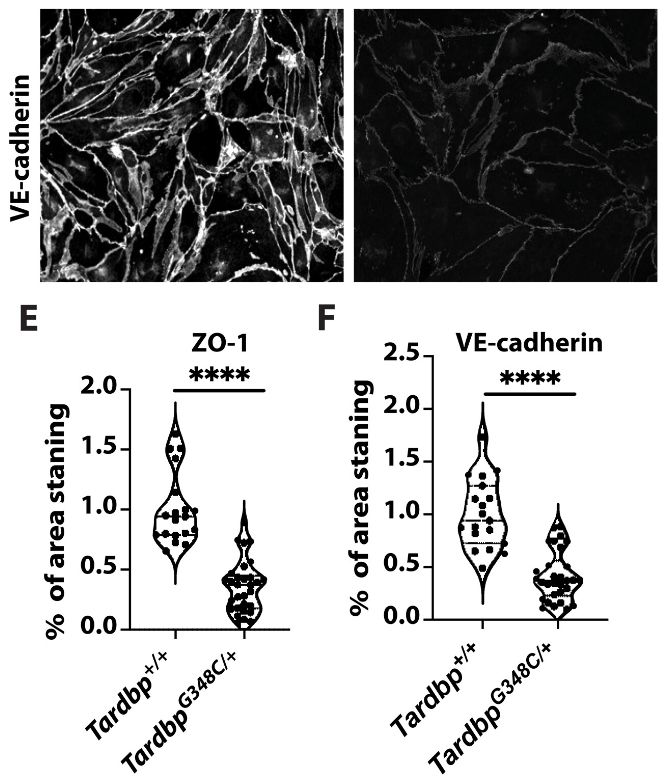
What Ashok was able to show, by isolating and culturing brain endothelial cells, is that a single allele ALS-FTD mutation in TDP-43 disrupts formation of VE-cadherin junctions, cytoskeletal organization and barrier integrity.
17.04.2025 01:32 — 👍 1 🔁 0 💬 1 📌 0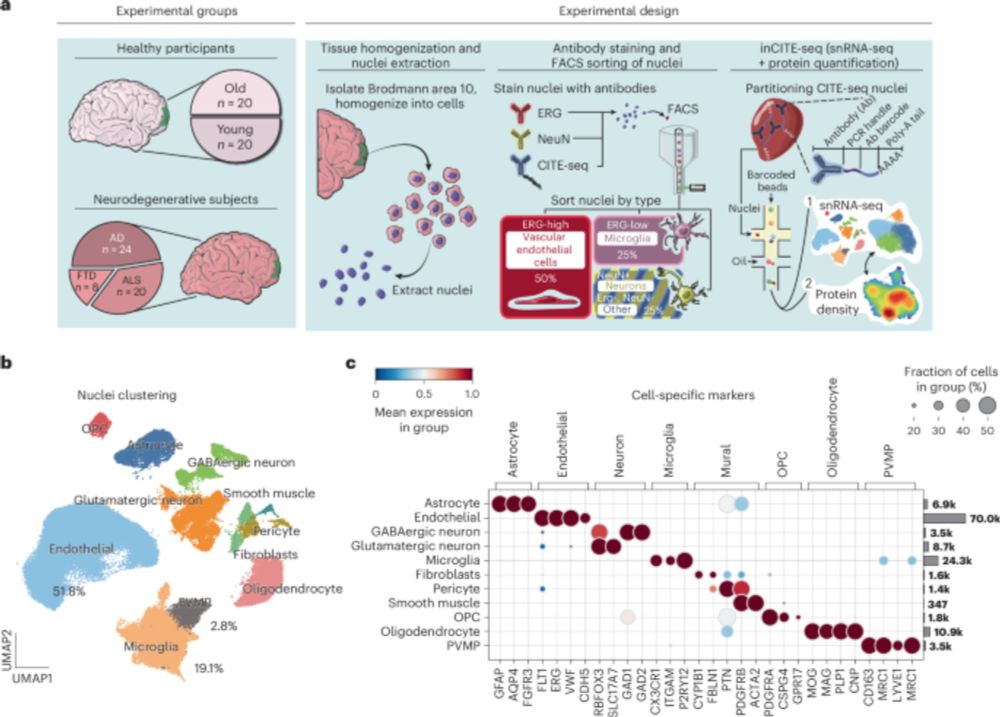
Our recent work had revealed a reduction in nuclear TDP-43 in ~40% of cerebrovascular capillaries in AD, ALS-FTD but not healthy aging www.nature.com/articles/s41... This correlated with changes in pathways critical for BBB function, but causation was unclear.
17.04.2025 01:32 — 👍 0 🔁 0 💬 1 📌 0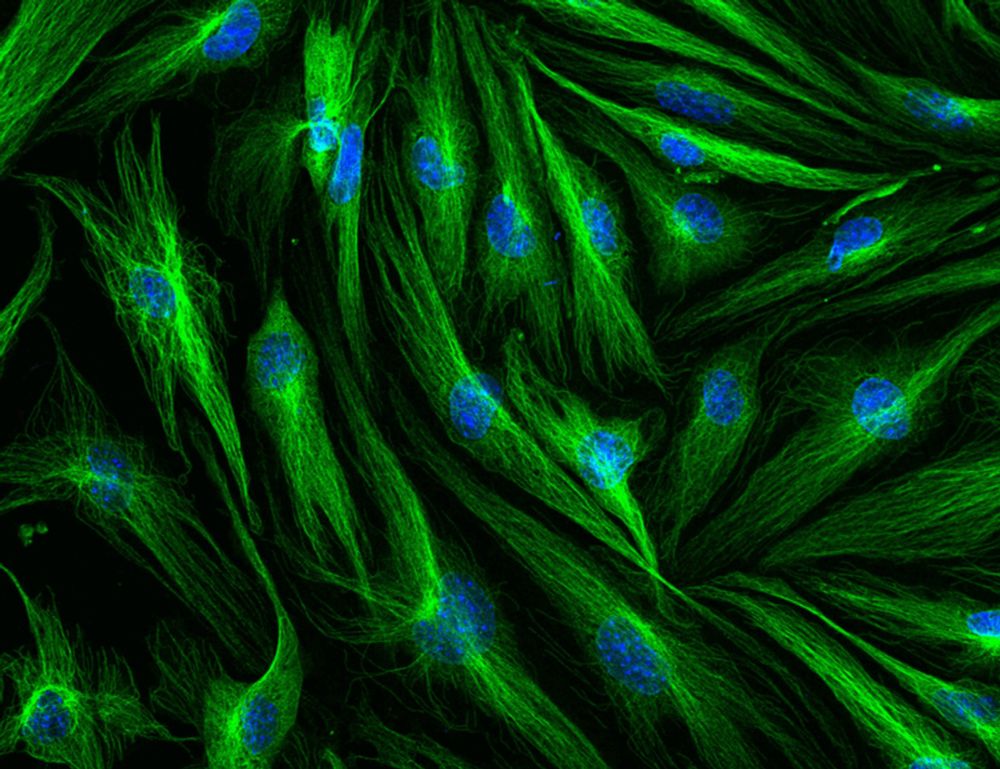
Despite strong headwinds, we are continuing to do our work. Congratulations to lead author Ashok Cheemala. Here, Ashok shows that even a single point mutation in TDP-43 leads to large defects in cell-cell junction and barrier www.science.org/doi/10.1126/...
17.04.2025 01:32 — 👍 3 🔁 0 💬 1 📌 0Congratulations @vijayrathinam.bsky.social
30.03.2025 19:17 — 👍 0 🔁 0 💬 1 📌 0It is important to recognize the many years of hard work, and continued support new insight requires. This work began many years ago (15 to be exact), with basic questions about the regulation of endothelial functions by RNA-binding proteins in Richard Hynes lab, and with the help of Chris Burge.
14.03.2025 13:17 — 👍 0 🔁 0 💬 0 📌 0Many thanks to collaborator Dr. Riqiang Yan, members of the Murphy lab, our flow and sequencing facilities, our funding at NIH NINDS and earlier awards from AHA and NHLBI for contributing to this work. Most importantly, thank you to the donors who contributed to this through the NIH NeuroBioBank.
14.03.2025 13:17 — 👍 0 🔁 0 💬 1 📌 0In addition to well-known roles in transcriptional regulation of inflammatory responses, NF-kB(p65) is critical for epithelial and endothelial junctions and barrier maintenance. Understanding how TDP-43 bifurcates these NF-kB(p65) responses will be key to understanding brain barrier dysfunction.
14.03.2025 13:17 — 👍 0 🔁 0 💬 1 📌 0Although it is not yet clear why loss of TDP-43 affects the endothelium, an intriguing observation from our analysis of nuclear protein is that NF-kB(p65) and TDP-43 are tightly correlated in healthy endothelium - and that loss of TDP-43 in disease de-represses NF-kB mediated transcription.
14.03.2025 13:17 — 👍 0 🔁 0 💬 1 📌 0Barrier dysfunction occurs early in disease development, and we observed similar but milder alterations in aged donors with Alzheimer's risk factors of diabetes and hypertension, suggesting that endothelial TDP-43 loss is an early event in disease progression.
14.03.2025 13:17 — 👍 0 🔁 0 💬 1 📌 0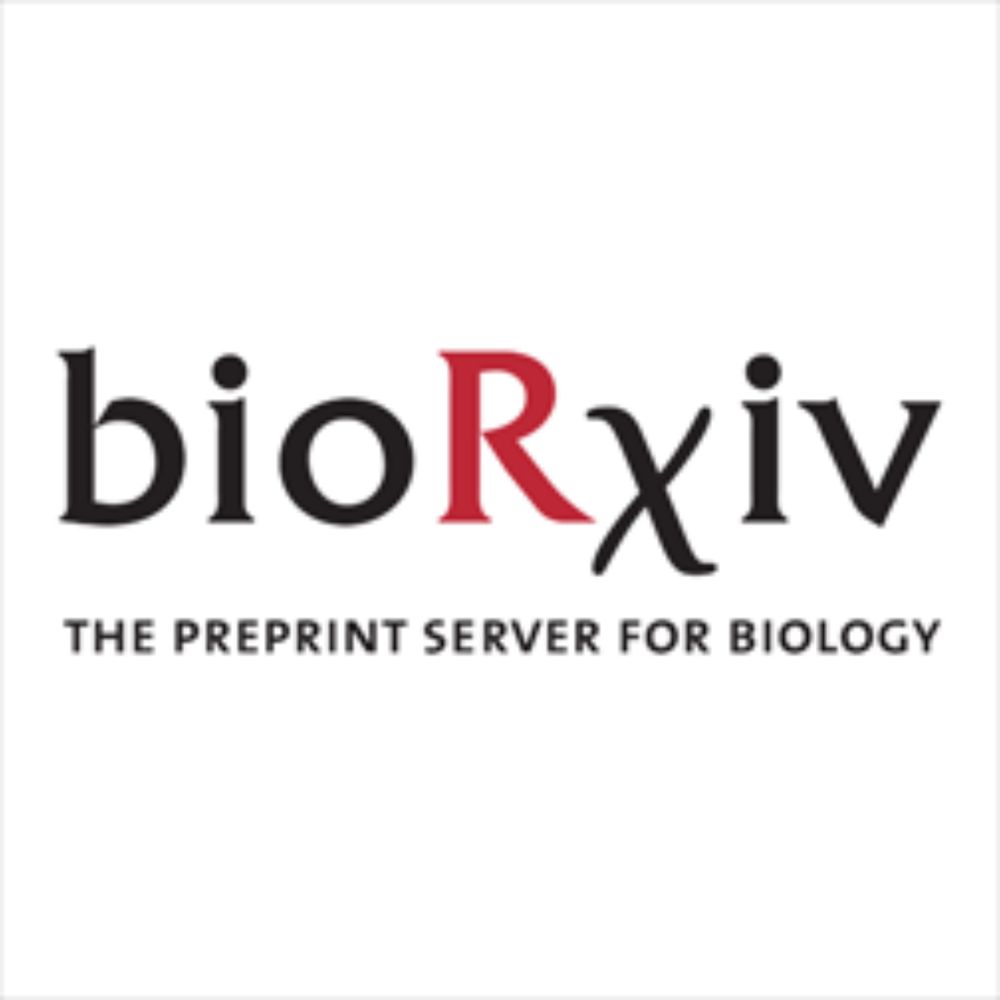
In parallel work (Science Advances next month and bioRxiv here : www.biorxiv.org/content/10.1...) we show that targeted deletion of TDP-43 in brain endothelium compromises the blood brain barrier, and leads to dysfunction of the same pathways disrupted in human capillaries with reduced TDP-43.
14.03.2025 13:17 — 👍 0 🔁 0 💬 1 📌 0Why does this matter? TDP-43 mutations drive ALS-FTD, and its nuclear depletion in neurons is a hallmark of neurodegeneration. Our findings reveal TDP-43 is also lost in the capillary endothelium, where it correlates with transcriptional hallmarks of blood-brain barrier dysfunction.
14.03.2025 13:17 — 👍 1 🔁 0 💬 1 📌 0We find a distinct transcriptional program that characterizes ~40% of the capillary endothelium in neurodegenerative diseases, including ALS-FTD, and Alzheimer’s, and is marked by nuclear loss TDP-43.
14.03.2025 13:17 — 👍 0 🔁 0 💬 1 📌 0In a herculean effort led by talented MD/PhD student Omar M Omar, we use a novel approach for endothelial cell enrichment to create a massive dataset of endothelial changes in healthy aging and ALS-FTD and Alzheimer's Disease (92 donors). A data portal is here : murphylabvasculardata.cam.uchc.edu
14.03.2025 13:17 — 👍 1 🔁 0 💬 1 📌 0
I'm happy to announce that our paper describing the first in human tissue application of inCITE-seq, to assess nuclear levels of RNA-binding proteins, and key regulators of the blood brain barrier (b-Catenin and NF-kB) is now available online from Nature Neuroscience www.nature.com/articles/s41...
14.03.2025 13:17 — 👍 2 🔁 0 💬 1 📌 0 28.02.2025 22:14 — 👍 80418 🔁 17677 💬 1394 📌 477
28.02.2025 22:14 — 👍 80418 🔁 17677 💬 1394 📌 477
A source close to the situation confirmed that study sections are continuing to be cancelled. On the chopping block this week: developmental brain disorders, mechanisms of cancer therapy, and neurotoxicology of alcohol. For some labs, this was the last chance to get funding or they’ll shut down.
24.02.2025 19:48 — 👍 117 🔁 65 💬 8 📌 11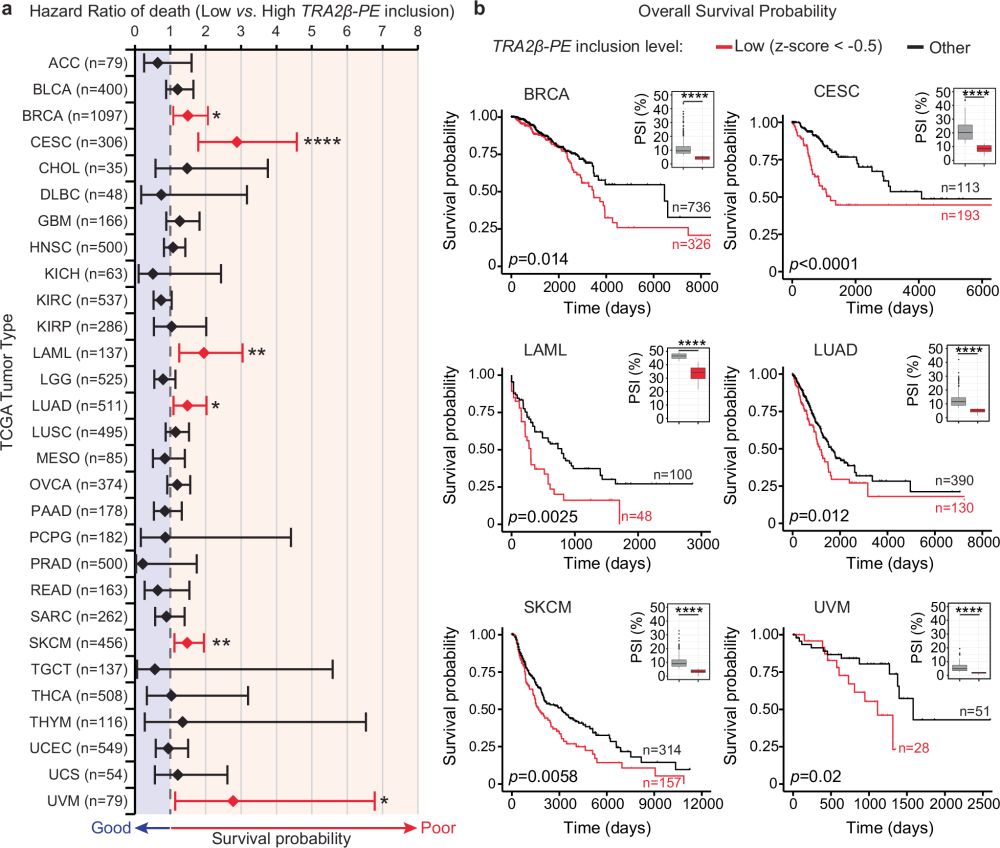
Our latest work on targeting the poison exon in #RNA #splicing factor TRA2B in #cancer reveals a role for this non coding transcript and opportunities for targeting splicing factor levels across multiple tumor types
rdcu.be/d90Ra
#RNAsky @jacksonlab.bsky.social
Signed - this is important.
11.02.2025 02:41 — 👍 1 🔁 0 💬 0 📌 0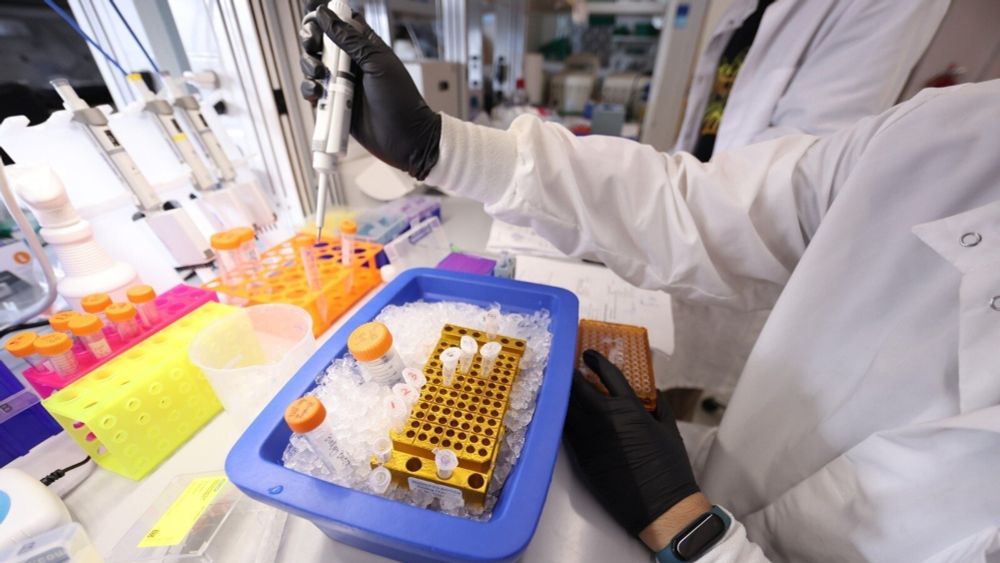
Petition to Reverse the NIH Indirect Cost Cap initiated by Tom Maniatis. Please amplify
Sign the Petition: chng.it/kK2HMP5pGk
"Share with Leadership & Faculty. Reach out to professional societies, biotech and pharma leaders, and philanthropic organizations to raise awareness and mobilize support."
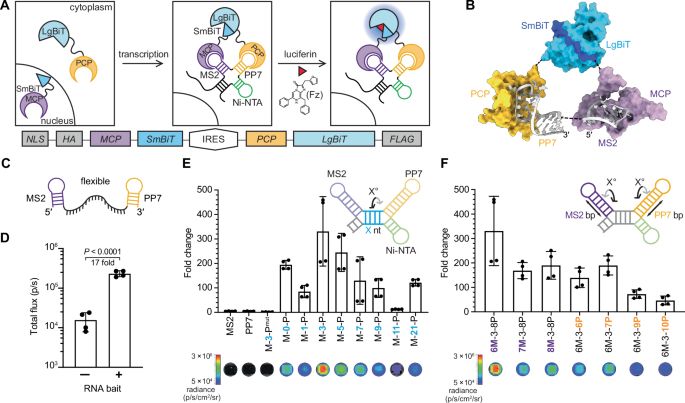
Cool new work from Jenn Prescher and coworkers @ucirvine.bsky.social, “RNA lantern” technology for bioluminescence imaging of RNA transcripts
www.nature.com/articles/s41...

Single-cell RNA sequencing of peripheral blood links cell-type-specific regulation of splicing to autoimmune and inflammatory diseases
www.nature.com/articles/s41...